When we observe playful otters sliding down muddy banks or deftly manipulating stones to crack open shellfish, it’s easy to see them as quintessentially mammalian creatures. Their fur-covered bodies, nurturing parental behaviors, and mammalian intelligence seem worlds apart from the scaled bodies and cold-blooded metabolism of reptiles. Yet, evolutionary biology tells us that all mammals, including otters, ultimately evolved from reptilian ancestors. This article explores the fascinating evolutionary history connecting otters to ancient reptilian relatives, examining the evidence from paleontology, comparative anatomy, genetics, and evolutionary biology that illuminates this surprising connection across hundreds of millions of years.
The Mammalian Nature of Otters

Otters belong to the family Mustelidae within the order Carnivora, making them close relatives of weasels, badgers, wolverines, and minks. With their dense fur, warm-blooded metabolism, specialized dentition, and mammary glands, otters display all the classic characteristics that define mammals. Their semi-aquatic lifestyle, characterized by webbed feet, water-resistant fur, and specialized lung capacity for extended dives, represents specialized adaptations that evolved within the mammalian lineage. Otters nurse their young with milk, exhibit complex social behaviors, and possess the enlarged brain characteristic of mammals – all traits absent in modern reptiles. Despite these obvious mammalian features, otters share an evolutionary history that traces back to reptilian ancestors if we look far enough into the deep past.
The Evolutionary Bridge: Synapsids
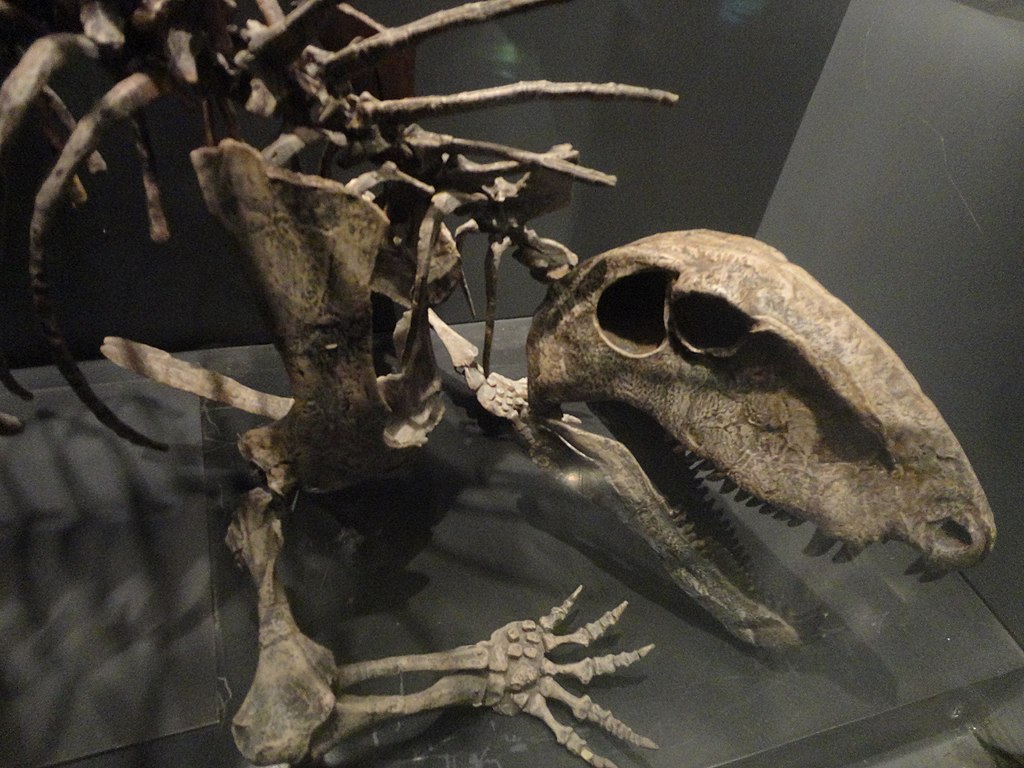
The connection between otters and reptiles isn’t direct but flows through an ancient group of animals called synapsids. Often referred to as “mammal-like reptiles” (though this term has fallen out of favor among paleontologists), synapsids emerged around 315 million years ago during the late Carboniferous period. These creatures weren’t true reptiles but rather represented a separate evolutionary branch that would eventually give rise to all mammals. Synapsids are distinguished by having a single opening in the skull behind each eye (the temporal fenestra), a feature that differentiates them from other amniotes. As synapsids evolved over millions of years, they gradually acquired more mammalian characteristics while losing reptilian ones, forming an evolutionary bridge between reptile-like ancestors and true mammals, including the lineage that would eventually lead to otters.
Pelycosaurs: The Sail-Backed Ancestors
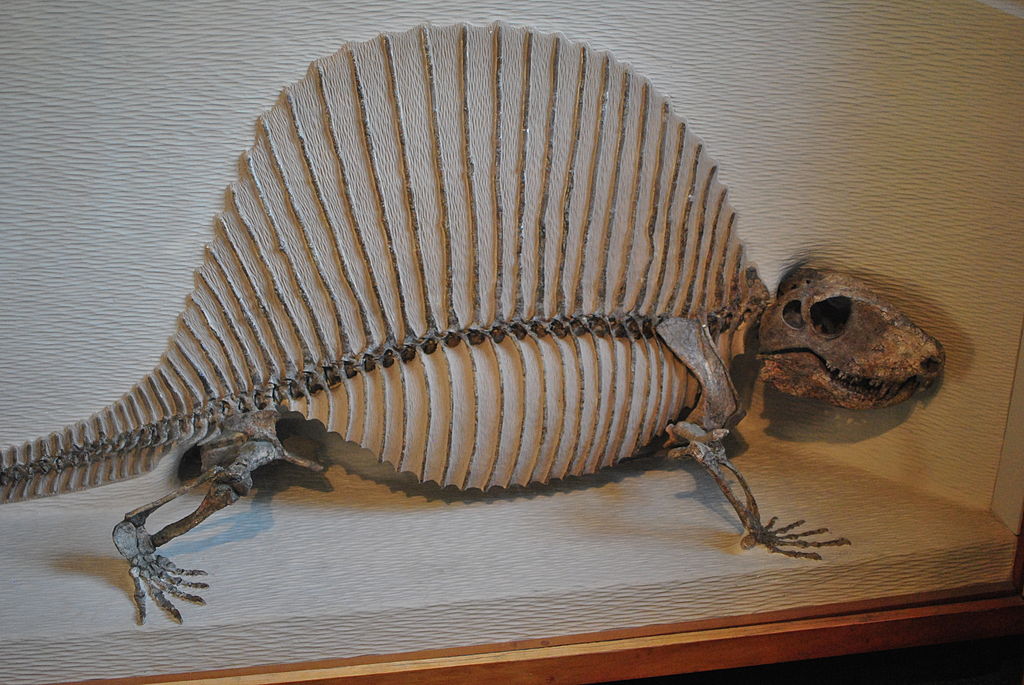
Among the earliest synapsids were the pelycosaurs, which included the famous sail-backed Dimetrodon often mistakenly identified as a dinosaur. These animals lived approximately 295-272 million years ago and displayed a mixture of reptilian and proto-mammalian traits. Despite their reptilian appearance with sprawling limbs and possibly scaled skin, pelycosaurs possessed more advanced teeth with differentiated functions (incisors, canines, and molars) – a precursor to the specialized dentition seen in otters today. Some pelycosaurs also showed signs of improved locomotion and possibly more efficient metabolisms than their predecessors. While pelycosaurs were far from being mammals themselves, they represent an early stage in the evolutionary journey that would eventually lead to otters and other mammals, demonstrating how seemingly disparate animal groups can share ancestral connections.
Therapsids: Getting Closer to Mammals
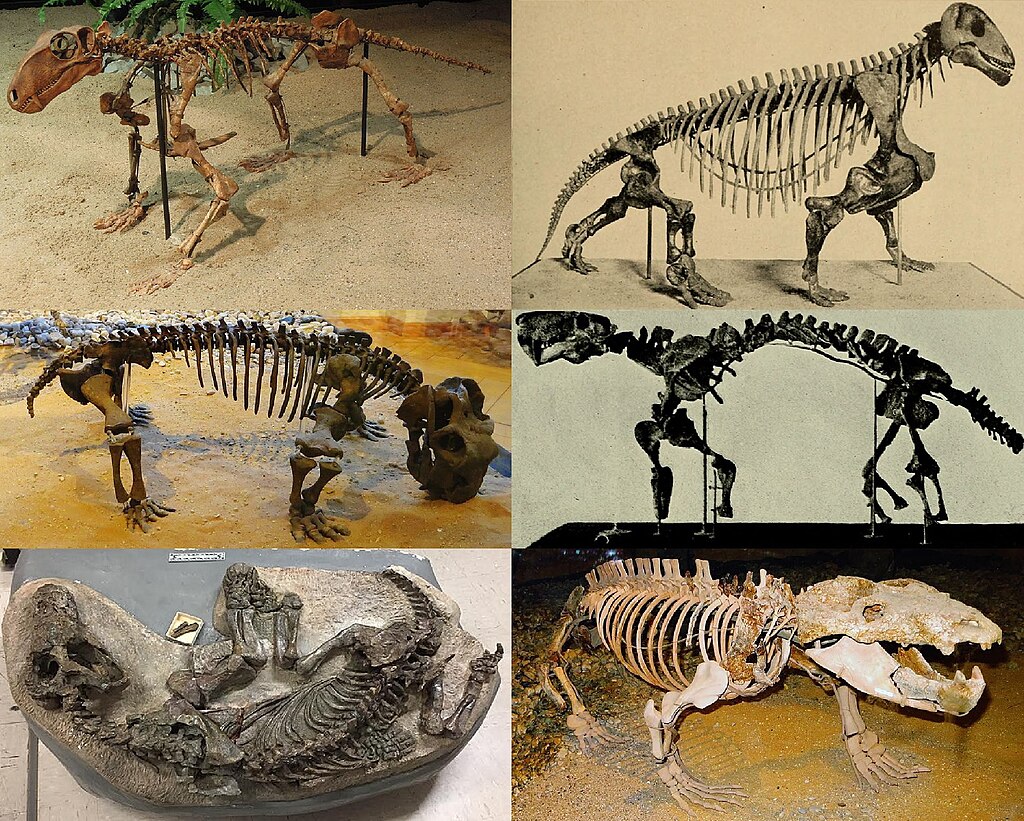
The next major evolutionary step came with the therapsids, more advanced synapsids that emerged around 275 million years ago. Therapsids showed significantly more mammal-like characteristics than their pelycosaur ancestors, including more upright limb posture, specialized teeth, enlarged temporal fenestrae allowing for stronger jaw muscles, and possibly the beginnings of whiskers and fur. Some therapsids may have also developed a secondary palate, allowing them to eat and breathe simultaneously – a feature present in modern mammals including otters. The therapsid lineage contained several groups, with cynodonts being particularly significant as the direct ancestors of mammals. Through the therapsids, we can trace the gradual transformation of reptile-like features into the mammalian characteristics eventually inherited by all mammals, including the mustelid family to which otters belong.
Cynodonts: The Immediate Ancestors of Mammals

Cynodonts represent the final step in the transition from reptile-like synapsids to true mammals. These animals, which lived from about 260 to 200 million years ago, possessed jaw joints, ear structures, and teeth remarkably similar to those of early mammals. Their skeletons suggest they may have been warm-blooded and had fur, while their skulls indicate larger brains relative to body size compared to earlier synapsids. Some evidence suggests that advanced cynodonts may have produced milk to nourish their young, marking another critical step toward mammalian reproduction. The cynodont body plan, with its more erect limb posture and likely increased metabolic rate, would have provided advantages in terrestrial locomotion that persist in modern mammals. The evolutionary innovations that appeared in cynodonts laid the groundwork for all subsequent mammalian evolution, including the eventual emergence of carnivorans like otters.
The Mesozoic Mammal Radiation
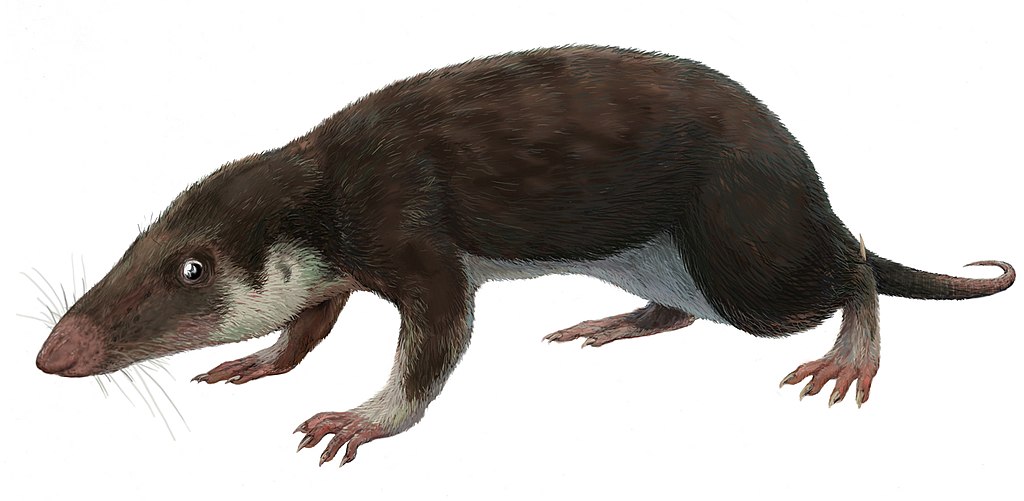
Following the cynodont stage, true mammals emerged during the Mesozoic Era (252-66 million years ago), living alongside dinosaurs but generally remaining small and often nocturnal. These early mammals diversified into several lineages, though they remained relatively inconspicuous while dinosaurs dominated terrestrial ecosystems. The earliest mammals included groups like morganucodontids and docodonts, which possessed fully mammalian skeletal features and likely exhibited mammalian reproductive and physiological traits. During this period, the foundations for mammalian diversity were established, including the eventual emergence of therian mammals (marsupials and placentals). The placentals would eventually give rise to the carnivoran order, which includes the mustelid family and otters. This Mesozoic mammalian radiation, though constrained by dinosaur dominance, established crucial evolutionary lineages that would flourish after the dinosaur extinction.
The Rise of Carnivores After the Dinosaur Extinction

The end of the Cretaceous period 66 million years ago marked a pivotal moment in mammalian evolution. With dinosaurs (except birds) eliminated by the Chicxulub asteroid impact, mammals rapidly diversified to fill vacant ecological niches. Among these emerging mammals were the early carnivorans, the order that would eventually include otters. These early carnivores evolved from insectivorous ancestors called miacids, which had specialized teeth for a more carnivorous diet. The Carnivora order properly emerged around 42 million years ago, characterized by specialized carnassial teeth for shearing meat and a suite of adaptations for predatory lifestyles. This radiation of carnivores occurred long after the reptile-like ancestors had disappeared, representing a mammalian success story following the dinosaur extinction. The carnivore family tree would continue to branch, eventually giving rise to both caniform (dog-like) and feliform (cat-like) lineages.
The Emergence of Mustelids
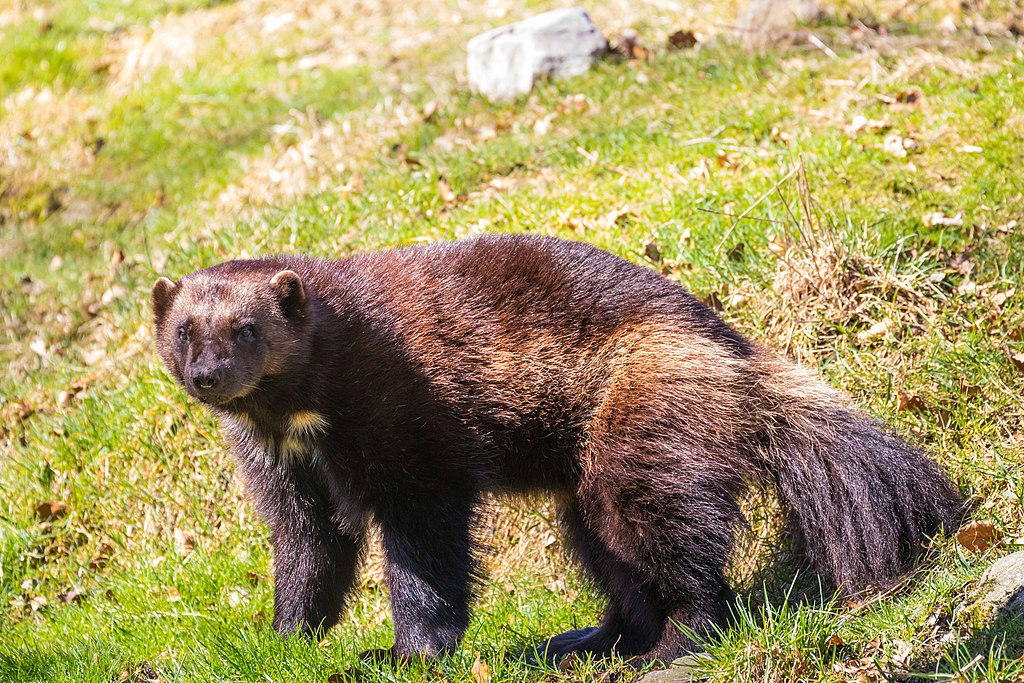
Otters belong to the family Mustelidae, which emerged within the caniform branch of carnivorans approximately 30-15 million years ago. Mustelids are characterized by their long, slender bodies, short legs, thick fur, and well-developed anal scent glands. Early mustelids were terrestrial carnivores that gradually diversified into various ecological niches, including the semi-aquatic lifestyle adopted by otters. The mustelid family demonstrates remarkable adaptive radiation, including not only otters but also weasels, martens, badgers, and wolverines – each adapted to different habitats and hunting strategies. Fossil evidence suggests that early mustelids were primarily forest-dwelling carnivores that preyed on small mammals, gradually specializing into the diverse forms we see today. The evolutionary distance between these sophisticated mammalian carnivores and their distant reptilian ancestors demonstrates the extensive transformation that occurred over hundreds of millions of years.
The Evolution of Otters as Semi-Aquatic Specialists
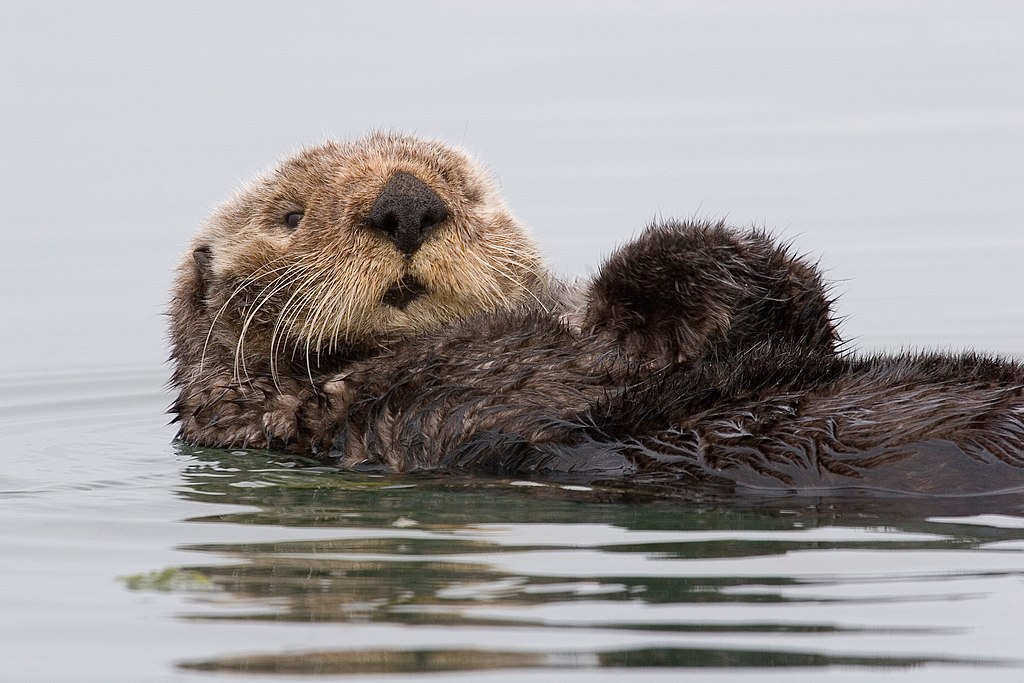
Within the mustelid family, otters evolved as specialists in semi-aquatic environments, with the earliest otter-like mustelids appearing approximately 7-5 million years ago. These early otters gradually developed adaptations for aquatic life, including webbed feet, water-resistant fur, and specialized sensory whiskers for detecting prey underwater. Modern otters comprise 13 species across five genera, all sharing these aquatic adaptations while displaying various specializations for different aquatic habitats. Marine otters like the sea otter have evolved more extensive adaptations for ocean life, while river otters maintain greater terrestrial capabilities. Their evolution represents a relatively recent mammalian adaptation to aquatic environments, utilizing the mammalian body plan inherited through the long evolutionary journey from synapsid ancestors. The aquatic specializations of otters showcase how the flexible mammalian body plan, derived from ancient reptilian ancestors, could be adapted to diverse ecological niches.
Genetic Evidence of Ancient Connections
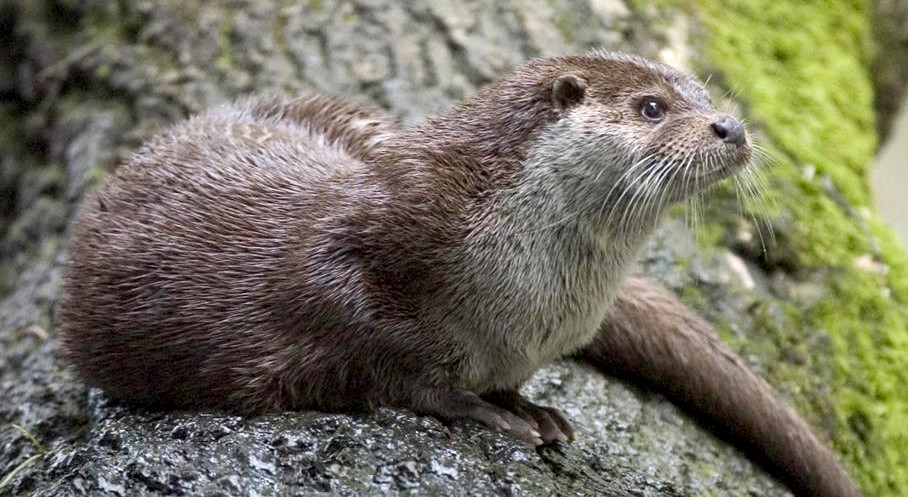
Modern genetic analysis provides another window into the relationship between otters and their distant reptilian ancestors. Genomic studies confirm that mammals, including otters, share fundamental genetic structures with reptiles, reflecting their common evolutionary heritage. Molecular clock analyses, which estimate the timing of evolutionary divergences based on genetic differences, align with the fossil record in establishing the timeline of synapsid evolution into mammals. Certain conserved genes that control basic developmental processes can be found across reptiles and mammals, demonstrating their ancient shared ancestry. Comparative genomics has identified instances of convergent evolution, where similar aquatic adaptations evolved independently in different lineages, as well as the genetic basis for uniquely mammalian traits that separate otters from reptiles. These genetic connections provide molecular confirmation of the evolutionary relationships established through fossil evidence.
Anatomical Clues: Vestigial Structures and Developmental Patterns
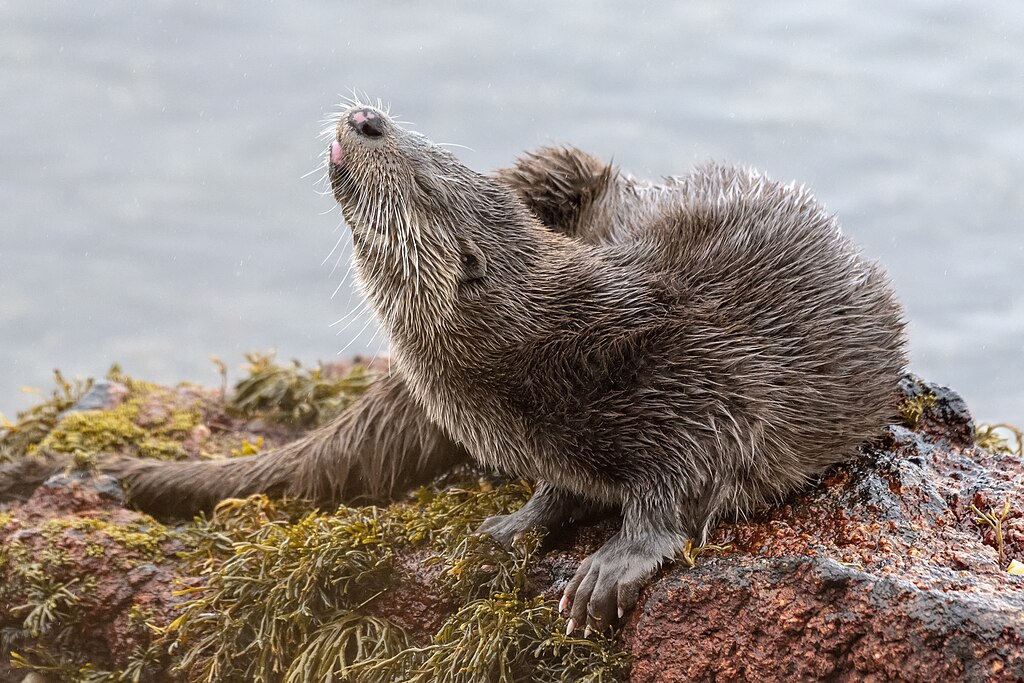
Otters, like all mammals, retain subtle anatomical clues to their reptilian ancestry. During embryonic development, mammalian embryos (including otters) temporarily display features reminiscent of their evolutionary history, such as pharyngeal pouches similar to those that develop into gill slits in fish and some amphibians. The mammalian middle ear bones (malleus, incus, and stapes) evolved from jaw bones in reptilian ancestors, with transitional forms visible in the synapsid fossil record. The vertebral column of otters, though specialized for their semi-aquatic lifestyle, follows the same fundamental pattern established in early tetrapods. Certain vestigial structures in mammals represent remnants of features that were functional in reptilian ancestors. The pentadactyl limb pattern (five-fingered design) seen in otters’ paws, though modified with webbing, represents a basic body plan inherited from early tetrapods and maintained throughout the synapsid-to-mammal transition.
Convergent Evolution With Marine Reptiles
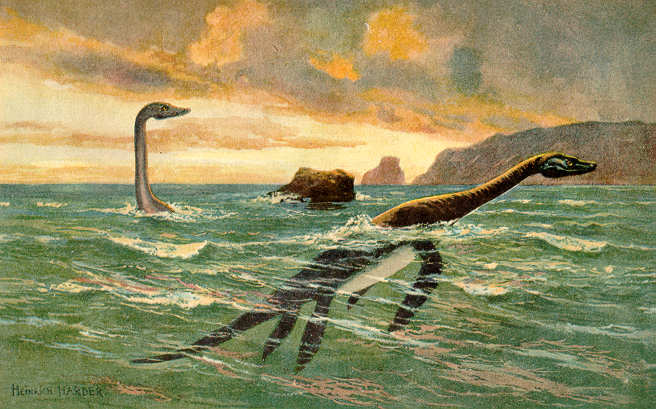
While otters evolved from reptilian ancestors, they didn’t evolve from marine reptiles like plesiosaurs or ichthyosaurs, which represent separate evolutionary lineages adapted to aquatic environments. However, otters and ancient marine reptiles provide fascinating examples of convergent evolution – where similar adaptations evolve independently in unrelated groups facing similar environmental challenges. Both otters and various marine reptiles independently evolved streamlined bodies, modified limbs for aquatic propulsion, and adaptations for diving. However, they approached these challenges differently due to their distinct evolutionary backgrounds. Marine reptiles modified their reptilian bodies for fully aquatic lifestyles, while otters adapted their mammalian physiology for a semi-aquatic existence. This convergent evolution highlights how different evolutionary lineages can develop similar solutions to comparable environmental pressures while working with different ancestral body plans.
The Significance of Understanding Evolutionary Connections
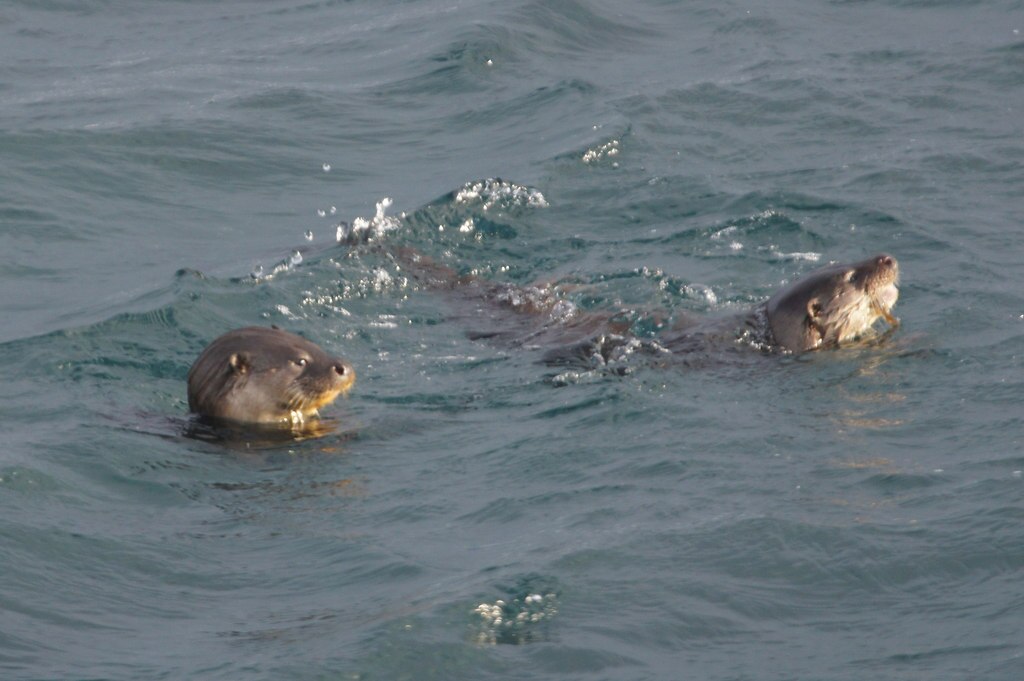
Recognizing the ancient reptilian connections of otters provides much more than an interesting biological curiosity. This evolutionary perspective enhances our understanding of biodiversity by highlighting how seemingly disparate animal groups share interconnected histories across vast timeframes. Understanding these connections helps scientists interpret how certain adaptations arose and how different animal groups might respond to environmental changes. The evolutionary journey from reptile-like synapsids to playful otters demonstrates the incredible plasticity of life over geological time, illustrating how natural selection can transform body plans to suit changing environments and ecological opportunities. For conservation efforts, appreciating the long evolutionary journey of species like otters adds another dimension to the importance of preserving biodiversity – we’re protecting not just current species but the outcomes of hundreds of millions of years of evolutionary history. This deep-time perspective enriches our appreciation for the natural world and our place within it.
Conclusion
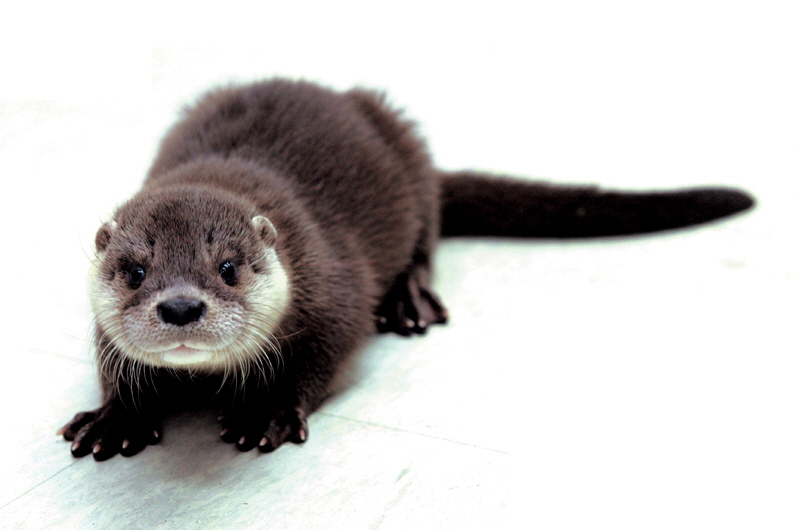
The playful otters we observe today represent the culmination of an extraordinary evolutionary journey spanning over 300 million years. While modern otters are thoroughly mammalian creatures, their lineage can be traced back through the mammalian radiation, to the emergence of true mammals, through cynodont and therapsid intermediaries, and ultimately to synapsid ancestors that diverged from the reptilian lineage in the late Paleozoic Era. This connection doesn’t mean otters evolved directly from modern reptiles – rather, both groups share common ancestors in the distant past, with each following their own evolutionary trajectories. The transformation from reptile-like ancestors to sophisticated aquatic mammals represents one of evolution’s most remarkable journeys, highlighting the power of natural selection to reshape body plans and physiologies across geological timescales. By understanding these connections, we gain a deeper appreciation for the complex tapestry of life’s history and the remarkable processes that have generated Earth’s biodiversity.



